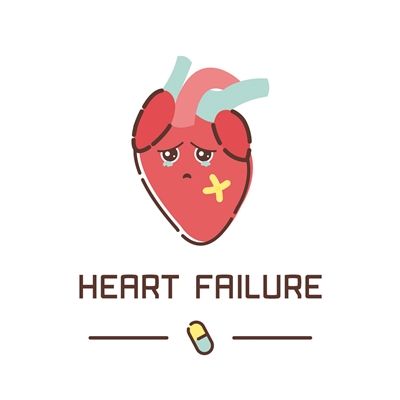
There is a type of myocardial ischemia that is neither painful nor itchy, but its lethality is unequivocal, comparable to angina pectoris. If left untreated, it can lead to permanent myocardial damage, and even lead to dangerous conditions such as heart failure and acute sudden death. So, what checks should be done to find it out in time?
Case follow-up
Myocardial ischemia without pain and disease
“I don’t feel sick, why do I see a doctor? Spending money!” One person 63 A female patient aged 10 years had an abnormal electrocardiogram on physical examination. Because of his usual physical activity, he did not have any discomfort, and he was healthy in the past, with no history of disease and medication, and he once refused to seek medical treatment.
Under the strong insistence of my family, I finally came to the hospital for further examination.
“With a few simple tests, if the heart problem can be ruled out, everyone will be relieved.” The doctor comforted.
The doctor looks at the patient’s EKG and suspects that she may have a heart problem. But when asked about the medical history again, there was indeed no sign of any disease. For a more accurate understanding of the condition, the doctor advised her to review the ECG after exercise. The results suggested that myocardial ischemia was aggravated. So she made an appointment for coronary CTA and blood biochemistry. The results came out – coronary artery stenosis was nearly 50%, and the patient’s blood lipid disorder was obvious.
Finally, this patient was diagnosed with coronary heart disease and painless myocardial ischemia.
This occult ischemia
common in patients with coronary heart disease
What is painless myocardial ischemia? Painless myocardial ischemia, also known as silent myocardial ischemia or occult myocardial ischemia. is myocardial ischemia in the absence of any symptoms. To put it simply, the patient is found to have myocardial ischemia after examination, but there are no related symptoms. Currently, the main cause of silent myocardial ischemia is coronary atherosclerosis, which is common in patients with coronary heart disease.
As mentioned above, the pathogenesis of painless myocardial ischemia is mainly related to coronary artery disease, which can occur in various stages of coronary heart disease. On the one hand, the lesions may be relatively mild and belong to the early stage of coronary heart disease, just like the female patient mentioned in this article. On the other hand, it is also possible that the coronary artery disease is very serious, but there is already a good collateral circulation.
Clinically asymptomatic myocardial ischemia is more common than symptomatic angina, especially in elderly patients, which is related to the deterioration of tissue and organ function and higher pain threshold in the elderly.
The lethality is unambiguous
Severe cases can cause sudden death
Myocardial ischemia, which seems to be painless and itchy, is actually “lethal” not to be underestimated. Although there are no obvious symptoms or pain, the damage to the heart is indistinguishable from angina pectoris. If not treated in time, it will lead to permanent myocardial damage, and later there will be arrhythmia, angina pectoris, heart failure, acute sudden death and other manifestations. Therefore, after a clear diagnosis, active treatment measures are taken to prevent the progression of the disease and prevent unexpected risks.
How to find out this dark murderer? In fact, it is not difficult to do an electrocardiogram, especially a dynamic electrocardiogram, which is the most commonly used method for diagnosing myocardial ischemia.
It is reminded here that although electrocardiogram and other examinations can provide objective evidence of myocardial ischemia, because patients often have no symptoms, especially the lack of chest pain, they are easily ignored by patients and easily by clinical missed diagnosis. It is recommended that patients undergo regular routine physical examinations. Once abnormal ECG is suspected, the ECG should be checked repeatedly. If necessary, further examinations including coronary CT and cardiac ultrasound are required to confirm the diagnosis and avoid losing a good opportunity for treatment. Text/Li Li (Beijing Tongren Hospital)